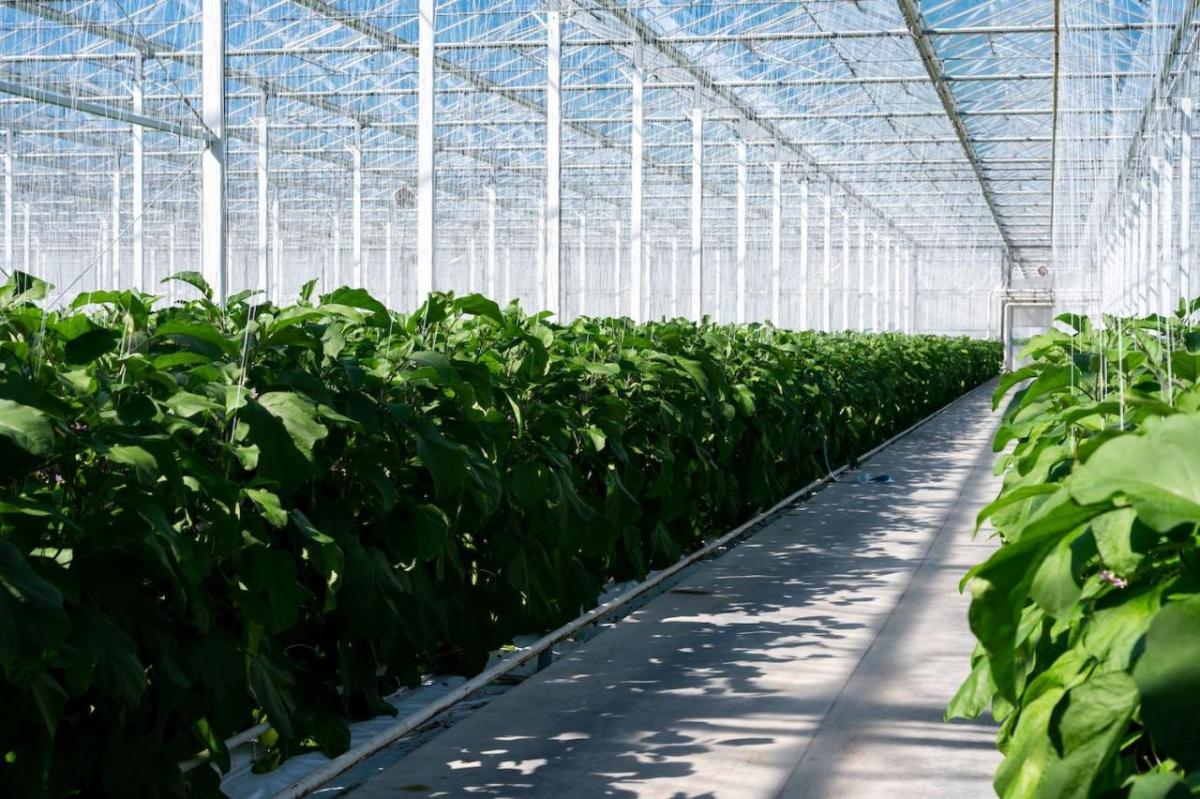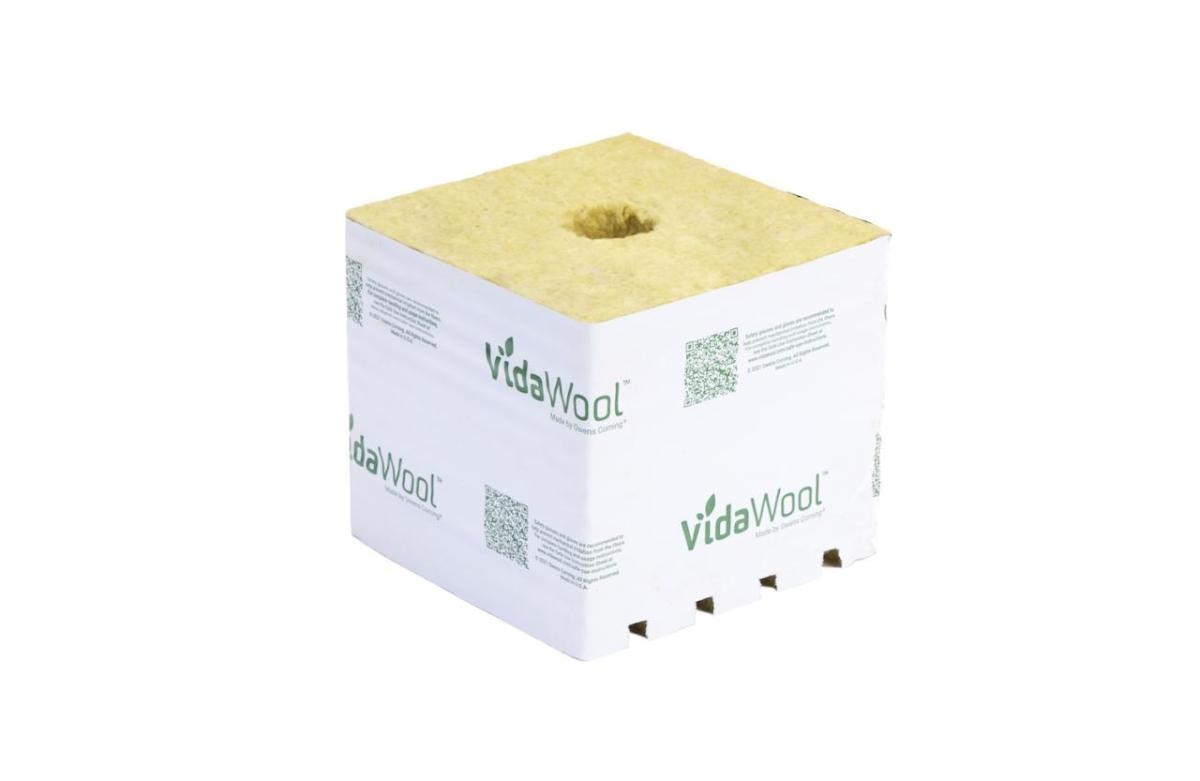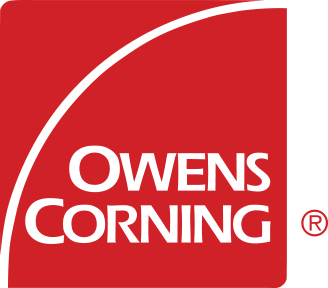Is the Future of Farming Soilless?
Words by Abha Malpani Naismith
Originally published on TriplePundit
The global population is predicted to reach 9.7 billion by 2050. To feed everyone, it is estimated that global food production will need to increase by up to 70 percent in the next 30 years.
Meanwhile, rapid urbanization is reducing the availability of agricultural land, and climate change is expected to make the land that’s left less suitable for staple crops like wheat, rice, corn and oats.
What’s more, food systems produce around a third of global greenhouse gas emissions from human activities and account for 70 percent of the world’s freshwater withdrawals. Traditional agriculture also contributes to deforestation, soil erosion and over-reliance on pesticides around the world.
So, how do we help feed more people?
Moving outdoor agriculture indoors
Growing crops indoors is not new. Greenhouses have been around for centuries, and hydroponics — growing plants using a water-based nutrient solution rather than soil — has roots going back to at least the early 1900s. Now, renewed interest in this space is rising quickly.
Also known as controlled environment agriculture (CEA), the earliest modern reference to hydroponics was by plant nutritionist William Frederick Gericke in 1929, who popularized the idea that plants could be grown in a solution of nutrients and water instead of soil. Such solutions are known as growing media.
“The role of growing media is to provide physical support for plant growth by facilitating optimum water management, air and nutrient availability, and distribution for the plant,”said Monica Navarreto, Ph.D., horticulture research and development program leader for Owens Corning’s Vidawool, a mineral wool growing medium made of 70 percent recycled content. “Today, there are a ton of such alternatives that are commercially available.”
CEA offers unique opportunities around local food, safe food and supply chain resilience, according to a recent WWF analysis. Indoor farming helps farmers adapt to a warming planet and allows them to grow more food in less space with less water whilst avoiding pesticides.
Agriculture irrigation accounts for 70 percent of water use worldwide and is a major polluter of water. Improving agriculture’s water management is essential to a sustainable and productive agro-food sector.
Hydroponic systems use as much as 10 times less water than traditional field crop watering methods because water in a hydroponic system is captured and reused rather than drained into the environment or evaporated. It can also be more land efficient, reduce the use of fertilizers and save on other resources, research shows.
Using mineral wool as a growing media
Mineral wool is one type of growing media used in hydroponics that serves as a water management solution in the process.
“Mineral wool is highly porous, and it provides consistent water absorption, distribution and drainage. That results in optimum water management that directly impacts nutrient availability, because water is the carrier for the nutrients,” Navarreto said. “If you have good water distribution through the media, then you're going to have good nutrient distribution throughout the media, too.”
In hydroponics, nutrients need to be added to the water for plants to grow. Porous media makes those nutrients readily available to the plant and decreases the amount of water evaporating out of the system.
Rock and mineral wool products are traditionally created by melting and fiberizing basalt rock. In search of alternatives that are not directly taken from the environment or are recycled,a waste material called slag was discovered to make soilless media, VidaWool.
“Slag is stony waste matter separated from metals during the smelting or refining of ore that is usually thrown into landfills,” Navarreto said. “Owens Corning remelts this slag and then uses it in the fiberization process. So, instead of using 100 percent basalt rock to make our mineral wool, we're using a little bit more than 70 percent recycled slag.”
VidaWool has innovative benefits over alternative growing media options like other rock wools, peat, moss, and coconut coir, to name a few. “When you look at our organic growing media counterparts, there is a lot of inconsistency and variability from one batch to another,” Navarreto said. “So, growers must relearn and make adjustments every time. However, with VidaWool we have managed to achieve a great amount of consistency in our products. When growers use Vidawool, once they have worked out their own recipe of irrigation and nutrients, their process can be repeated.”
However, such indoor agriculture methods come with their own issues. Powering LED lights, software, and sophisticated growing systems can be more expensive than the sun and rain.
“Hydroponic practices also face some obstacles that need to be addressed to ensure their long-term viability and environmental compatibility. One of these challenges is the proper disposal of the growing media." Navarreto says. "Another challenge is the energy consumption and carbon footprint of the specialized grow lights that many growers use, which require investment and maintenance costs. These spaces pose opportunity for innovative solutions that can reduce their environmental impact and enhance their economic feasibility.”
Despite the obstacles around energy and waste, indoor farming is a relatively young industry with technologies that continue to improve. The cost of LED lights, for example, has dropped dramatically over the past decade, and modern LED bulbs generate far more light per kilowatt-hour of energy consumption.
Even today, indoor farming is a viable solution in many contexts. The global indoor farming tech sector is projected to be worth more than $32 billion by 2028, compared to just over $20 billion this year. As demand for fresh, nutritious food rises — and pressure intensifies to produce high yields using limited space and water — innovative methods of growing food that don’t rely on land or climate, like hydroponics, aquaponics and aeroponics, could help to fill the gap.
This article series is sponsored by Owens Corning Mineral Wool, LLC and produced by the TriplePundit editorial team



